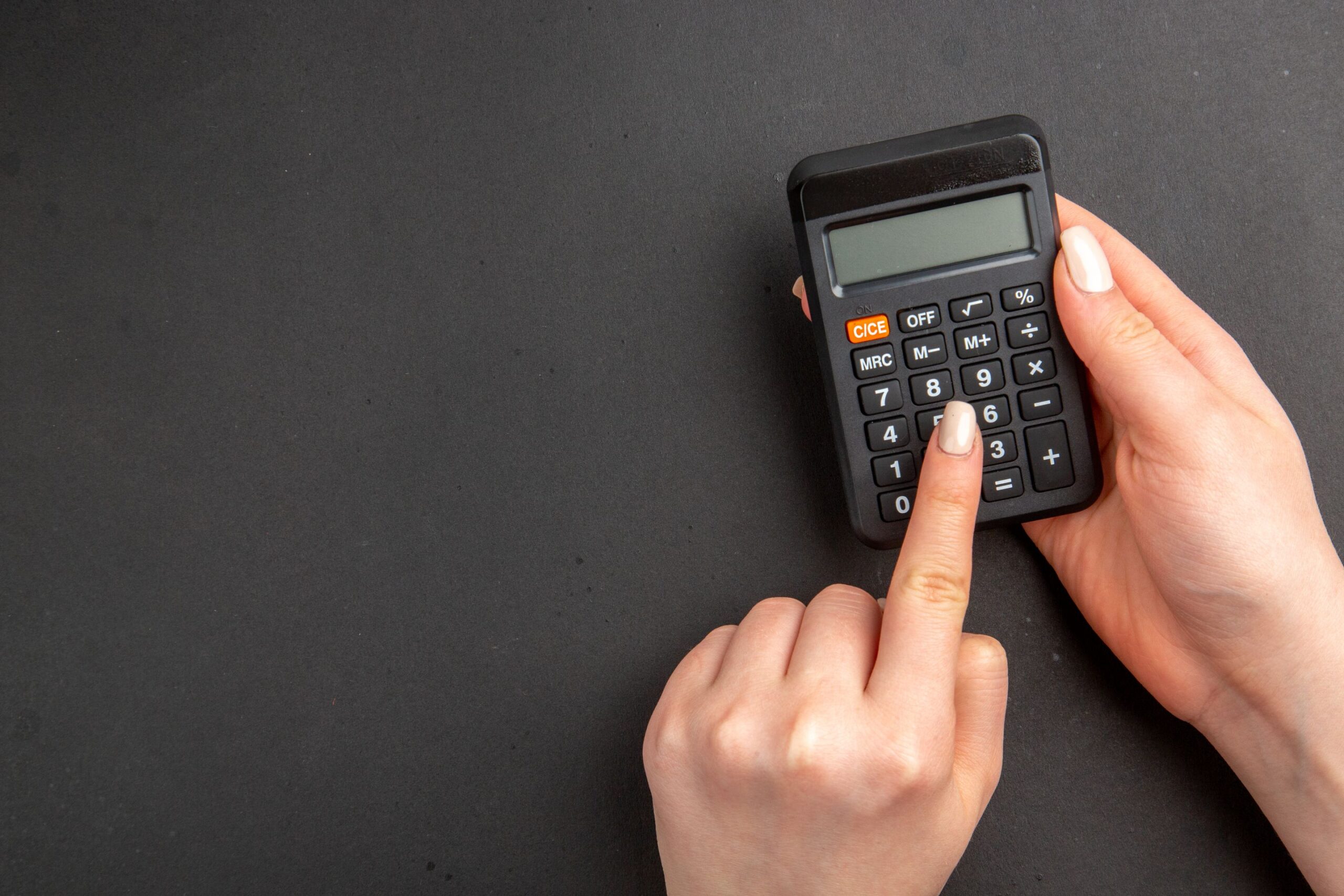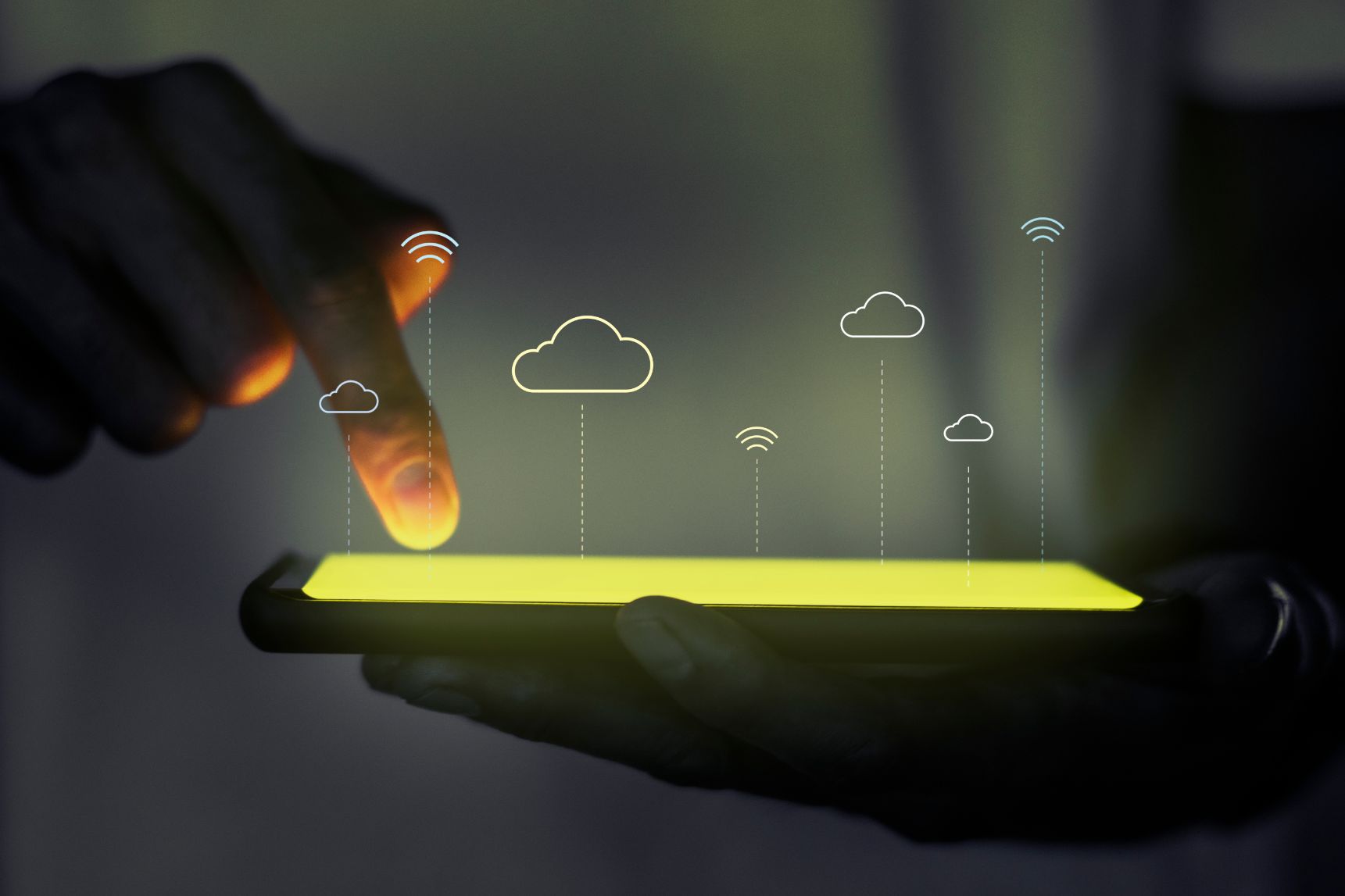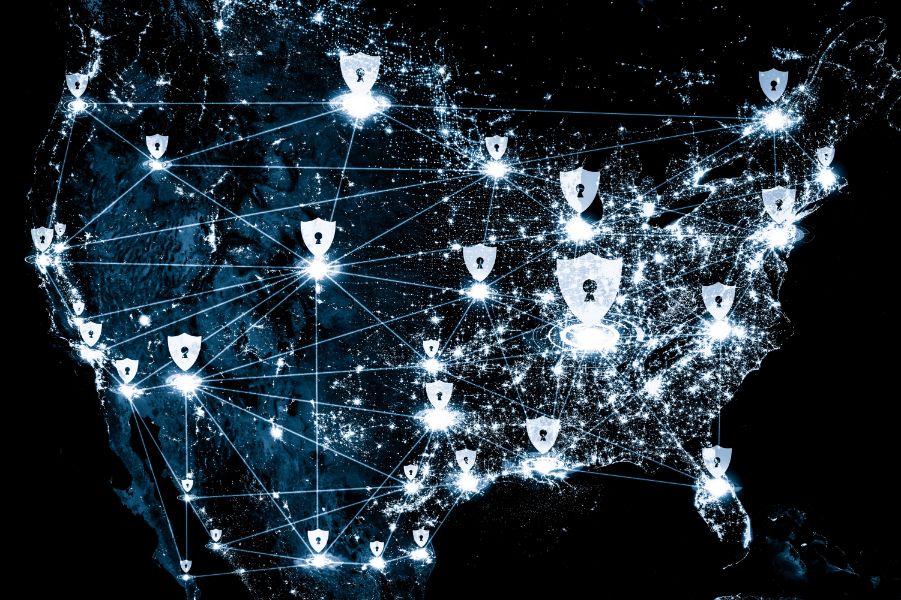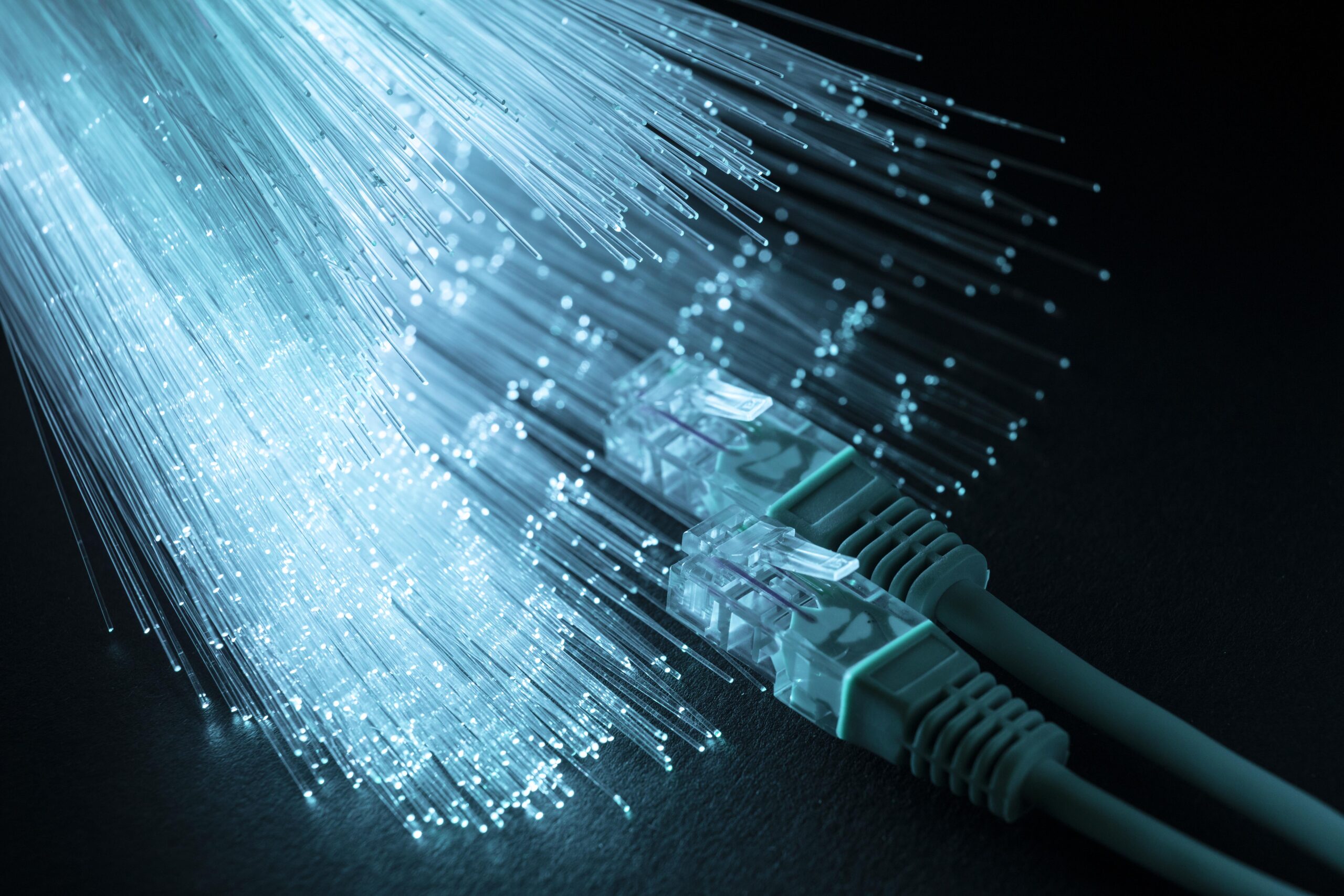Drones for Use in the Industrial Sector
These crewless aircraft, also called crewless aerial vehicles (UAVs), are designed to collect their surroundings and transmit them to their controller. With IoT devices, drones may constitute a vital aspect of industrial automation when deployed in an industrial setting. Industrial drones, also known as uncrewed aerial vehicles (UAVs), are the next step in the current Industry 4.0 revolution.
Introduction
An industrial drone, also known as a UAV, Unmanned Aircraft System (UAS), or Remotely Piloted Aircraft (RPA), is used to monitor regions or terrains inside or outside a manufacturing plant that are generally inaccessible to human workers due to their hazardous setting or inaccessibility due to size or environment. Factories, refineries, electricity grids, wastewater treatment, mines, and similar industrial sites are complex ecosystems that need inspection and maintenance to operate efficiently and follow regulations. Human inspection on the job may take a long time, and in explosive conditions, it’s almost impossible unless sophisticated computer technologies are utilised.
Power grids, for example, involve millions of miles of lines and equipment that must be monitored. Using human labour is inefficient time and time again. Consider the complicated pipe connections found in refineries, which need thorough leak-detection inspections of pipes, interconnects, flanges, and systems throughout.
Industrial drones can work in difficult situations like these, entering even the most difficult terrains and surroundings and carrying out the function they were built for without a scratch. UAVs are the next generation of low-cost industrial sensors and mobile platforms in the linked Internet of Things, as shown by this. And they’re becoming more versatile than merely domestic, commercial, or military applications.
Several drones are used by industrial and security agencies, such as Draganfly X6 and Airobotics UAV. Drones are much more than simply flying cameras.
Instead of discussing the applications themselves, the essay will illustrate how UAVs are being utilised and incorporated into industrial applications.
1. The Role of Drones in the Industry
2. How Industries Use Unmanned Aerial Vehicles (UAVs) 3. How Energy and Utilities Industries Use Drones for Industrial Applications
What Role Do Drones Play in the Industry?
From the user to the controller, a commercial or military drone has an end-to-end wireless link. Like any other IoT device, an industrial UAV interfaces directly with an industrial control system, such as SCADA (Supervisory Control and Data Acquisition). Temperature, humidity, air pressure, mobility, electric and magnetic field strength, coronal arc discharge, mobile phone signals, and methane levels are the characteristics detected by the attached IoT sensors.
These sensors connect to the utility’s basic communication network directly. Bidirectional communication transmission security and logical protocol synchronisation are required at this level of integration. You can capture aerial imagery, visual imagery, thermal imagery, and even radio-frequency imagery of manufacturing stations and substations with uncrewed aerial vehicles. Drone images and drone airspace laws, on the other hand, differ from country to country, and most processor-powered devices are vulnerable to hacking.
How Energy and Utilities Industries Use Drones for Industrial Applications
The use of measures acquired by IoT sensors as an innovative approach is critical to the factory’s performance. UAV hardware and automation software are being widely adopted and integrated across major automation markets such as mining, utilities, agriculture, oil and gas, infrastructure, emergency response, and life sciences. They must be combined in real-time to achieve measurable outcomes.
As a result, the automation industry and drone makers are on the lookout for a breakthrough technology that will free the UAV: high-speed data analytics paired with Industrial IoT, cybersecurity, and sensor-mounted drones. To employ this integration in UAV applications, rules and guidelines must be established to integrate modern technology into processes and practices.
Engineers and scientists are already developing drones with varied capacities controlled from a ground station, similar to military drones. Other permanent and mobile platforms will provide real-time measurements and sensor data to the station. On the other hand, the data will be monitored and recorded in a SCADA or SCADA-like system, much like those used by today’s unmanned aerial systems.
Drone Control and Flight Mechanics for Industrial Applications
Industrial, commercial, and military drones fly at varying speeds and heights, with distinct flight profiles and performance characteristics. As a result, while developing a drone for a factory, the surroundings must be considered. The flight operation of an RPA is often built for a more restricted fuel supply due to the unit being a smaller, tightly confined environment. To that aim, a graph of weight vs power vs flight time may be constructed to display actual data on battery life and range requirements.
Their entire weight determines the battery life of the sensor-laden drones. The sensors require more electricity as the weight increases. It also relies a lot on how many working sensors there are. A typical consumer drone can fly for up to 20 minutes. Industrial drones, on the other hand, may operate for anything from 20 minutes to several hours. Military drones, on the other hand, maybe propelled utilising chemical propulsion. Engineers are looking to boost the battery’s energy density to improve flying characteristics, particularly flight duration and range.
Drone operations rely heavily on command and control. The Beyond-Visual-Line-Of-Sight (BVLOS) operation, which is a system that allows the pilot to manage the aircraft beyond their visual line, is the most recent innovation in the method of control. Even though most countries prohibit BVLOS in industrial settings, efforts are being undertaken to show it is safe and effective for UAV deployments. Because VLOS inspections have apparent limits, this is being done.
BVLOS, for example, will allow power grid employees to monitor cable cables across larger distances. This applies to other important infrastructure as well. The clearance for BVLOS in such applications, however, will not be granted until 2018. UAVs are governed by the Federal Aviation Administration (FAA) in the United States and the Director-General of Civil Aviation (DGCA) in India. Both agencies pen rules, regulations, and procedures for owning and flying UAVs.
Conclusion
Microcontrollers are made of inexpensive, lightweight materials due to advancements in RPA control systems and flight dynamics in an automated context. And, thanks to networked wireless communications (IoT), unique drones are being developed that can coordinate and fly in big formations and flocks to deal with industrial situations (even tragedies) effectively. A mining or oil extraction factory is one of the scenarios.
Other UAV uses include methane detection, fracking sites, bridge inspection, and power-producing facilities in coal-fired plants. A variety of sensors in one drone interact with the sensors of other drones to create this degree of linked IIoT environment.
Drones for industrial purposes have been supplied by businesses such as DraganFly, Intel, and Airobotics for many years.
UAVs are an important part of our Industrial IoT network, military and security, and commercial spaces, and they may soon take over many human tasks. It’s also a necessary part of bringing Industry 4.0 to life.





